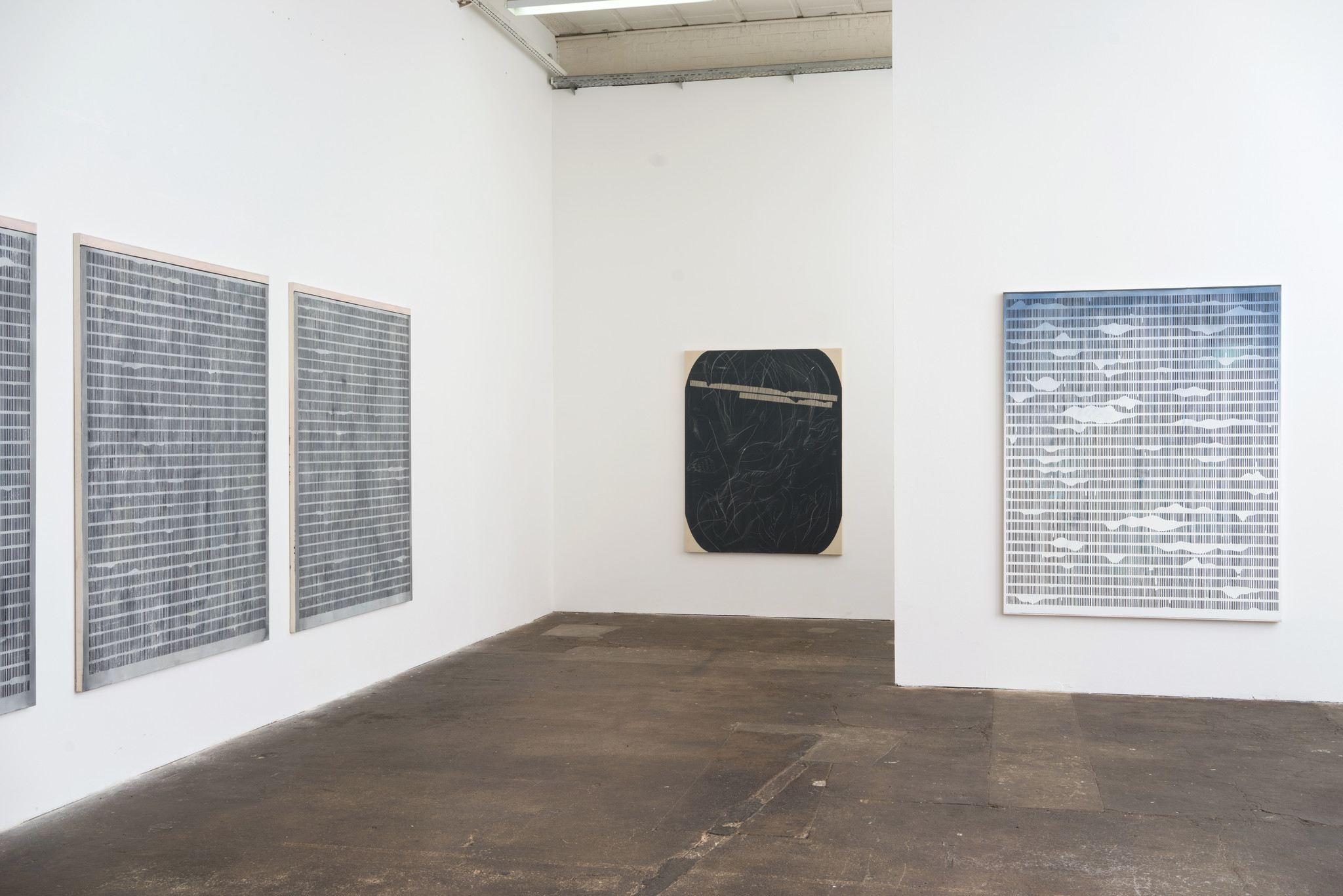Q&A Frank Moll
Q: Tell me about your background?
I was born in a small town close to the Baltic Sea in Germany. Later on, my parents and I moved to an even smaller village on the outskirts of the small town. I have 8 siblings and my father is a police sergeant. So, growing up in this village made me restless for something different, something more exciting…. My closest option was the city Schwerin where I instinctively began to make contact with people working in the theatre and art scene. I worked in the theatre which led me to a Studio Collective where I had my first my first experiences of the art world. After a gap year of adventure and discovery in South Africa I returned to Germany and took on random jobs as cashier, working in copy shop, moving from city to city until eventually landing in Leipzig… constantly exploring and looking……. This was when I made the decision to study Art in Munich.
Q: Do you remember the first artwork you made, and can you tell me about it?
No, not really. I remember finding some old sketches of my fathers in the attic. I remember they had figures that fascinated me. I became obsessed with reproducing these drawings and I scribbled and practiced on anysurface I could find. I wouldn’t say these were artworks but maybe there is defiantly anessence of that obsessive mark making still present in my work today.
Q: Was there a particular moment or event where you decided to become an artist?
It was when I began to work in the Studio Collective in Schwerin. I was surrounded by such colourful characters and I wanted to be one of them. I was spending more time within the studio than at school. That made me realize that I wanted to become an artist.
Q: What influences you? And are there any special artists that you feel inspired by?
I think I am most influenced by the rhythms and cycles of daily life and the interactions with those around me. These banal habits and decisions that consume our daily reality become ingrained in the philosophical explorations of my work. I’m an avid listener of stories and enjoy hearing how others mange to structure their lives into their own neat reality. This inspires me. Accomplished artists whom are respect are many; to list a few: On Kawara, Christian Boltanski, Roman Opalka, Carl Andre, Blinky Palermo and Sigmar Polke. They share a common fascination with order and pattern: some visual, others more conceptual, but each in their own way which have helpedme finding my own pattern.
Q: The Idea/concept surrounding your work, can you tell us more?
My work usually starts with looking for some kind of time-related concept. I am really interested in topics that pertain to help us structure our lives or more specifically, how we manage our day-to-day moments and measure time. I have a secret love for diagrams, statistics, analyses, data and all the traces of our chaotic “footprints” we leave behind.
Q: Can you tell me more about the process in your works?
Generally, I start by preparing the canvas with special acrylic layers and rabbit skin glue to achieve an elastic and durable dark foundation. Then I apply tape to the surface, measure and cut every string to the right length. Then I work into this with transparent layers, creating clear edges. The final step is to paint in oil on the last two to four layers, which creates a subtle depth and also serves as a pleasant contrast. Mostly my work seems monotone but the shades of white and black are build up by using various colours. My signature colour is called “Fleischfarbe” (flesh colour), which stands in relation to these starkly contrasted shades of white and black.
Q: What is most important to you regarding your work?
The conceptual framework before adding the oil paint to my work is always my starting point. The more I work on the surface the more it makes me feel like I systematically breakdown the structure and ultimately all there is left is just the paint. Every layer and every mark need to resonate with me. I have to feel it. If I don’t, I can’t bring the painting to life. The different stages in the process integrates into the whole.
The viewer may only see the end result but the process and the experience of casting off these lost layers to build and rebuild the surface contains the whole story of the piece.
Q: Can you tell me more about your routines and rituals in your daily practice?
I would love to say that I have a structured life with clear routines and diagrams and schedules, but I don’t. … I get up when I do, I drink my coffee and set myself the challenge to get through the everyday tasks as quickly as possible, so I can spend as much time in the studio as possible.
Q: Can you let us in on some of the future projects, works?
I will be working on new work for an upcoming exhibition in Munich. I am exploring a new idea and I am really looking forward to see how it works
Link to Sunday-S Feature with Frank Moll













